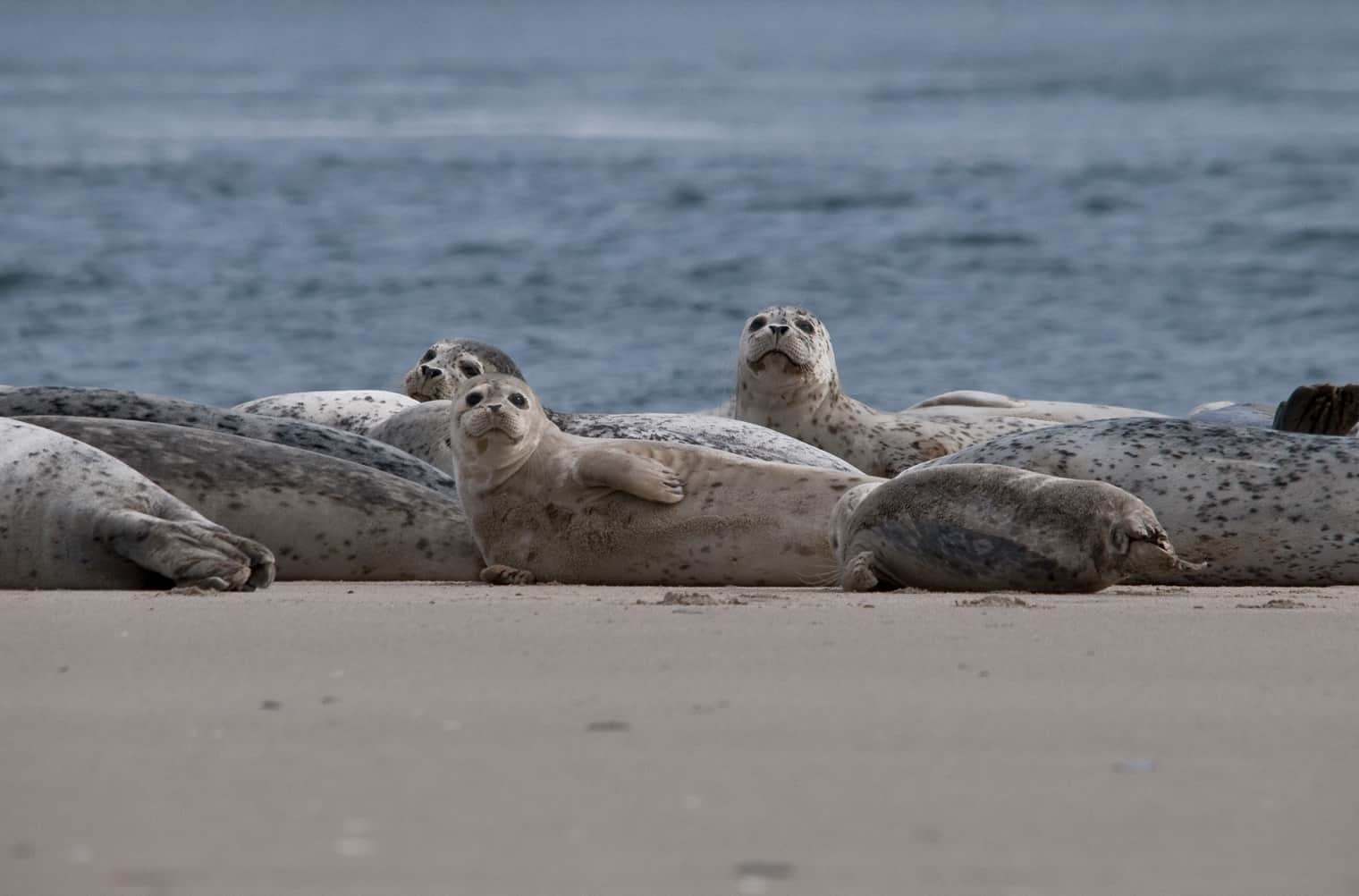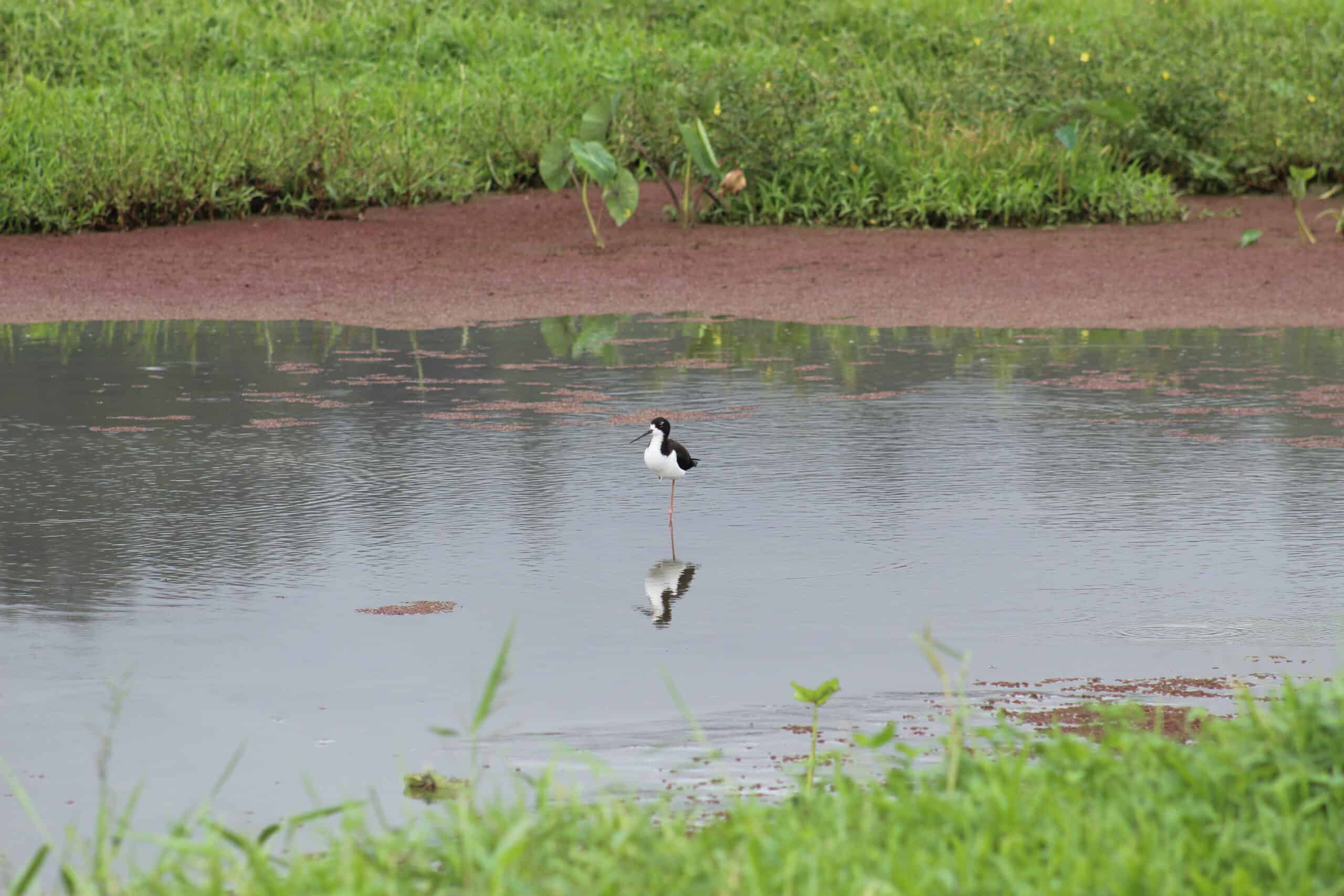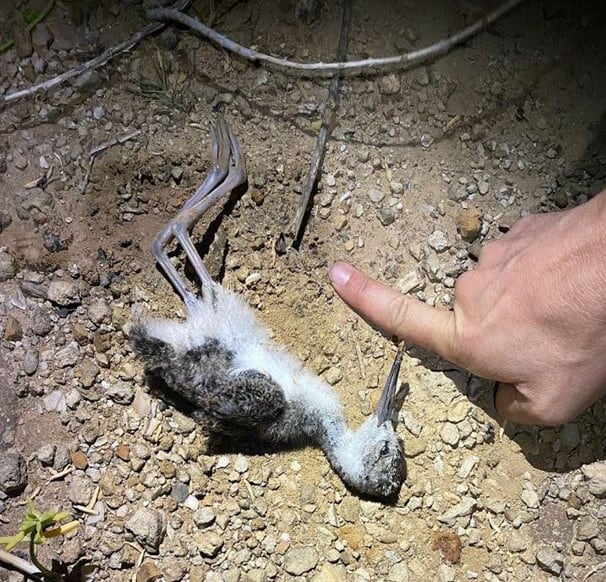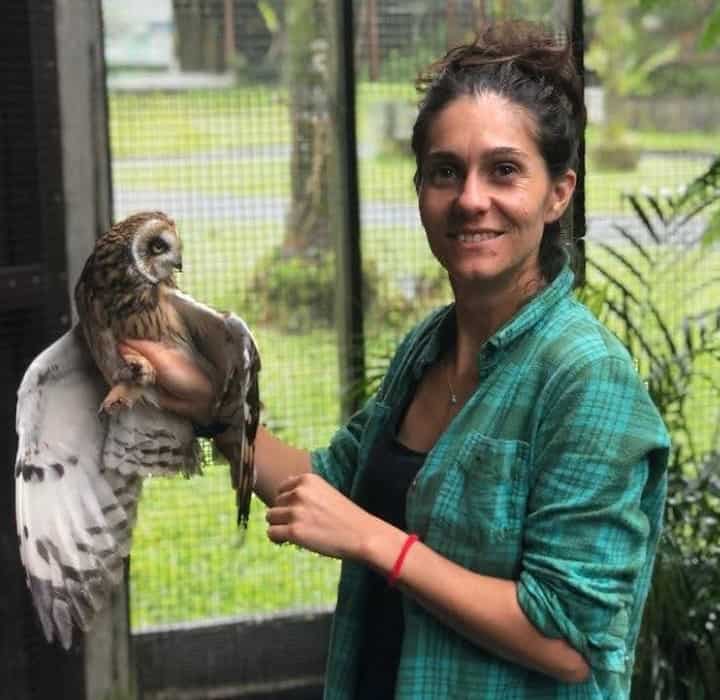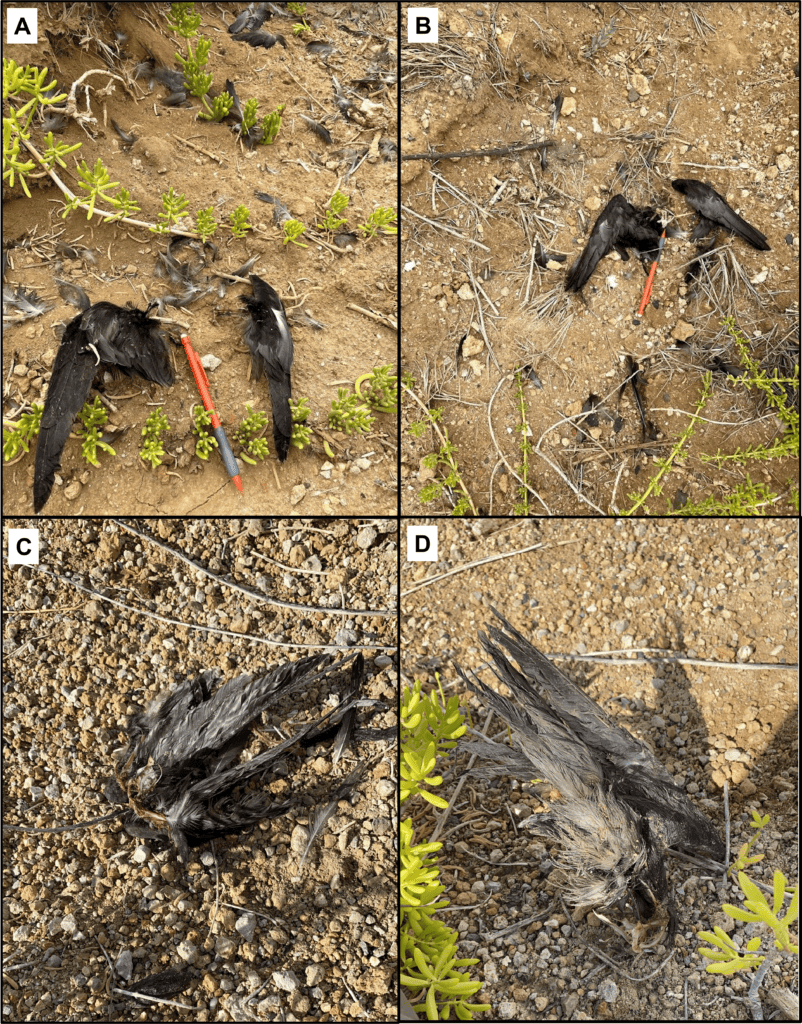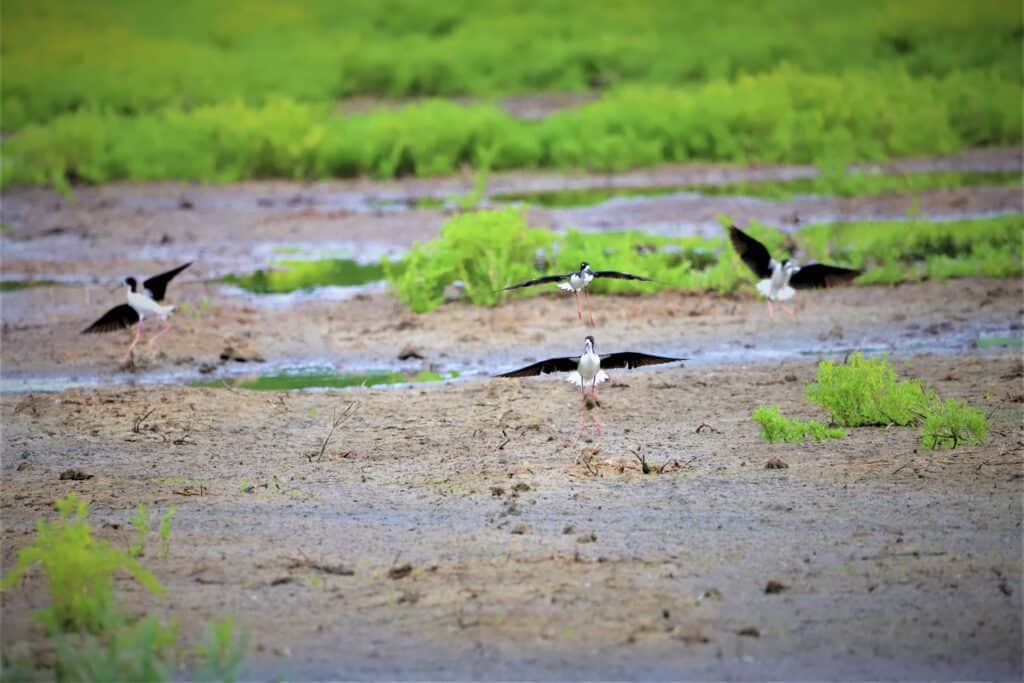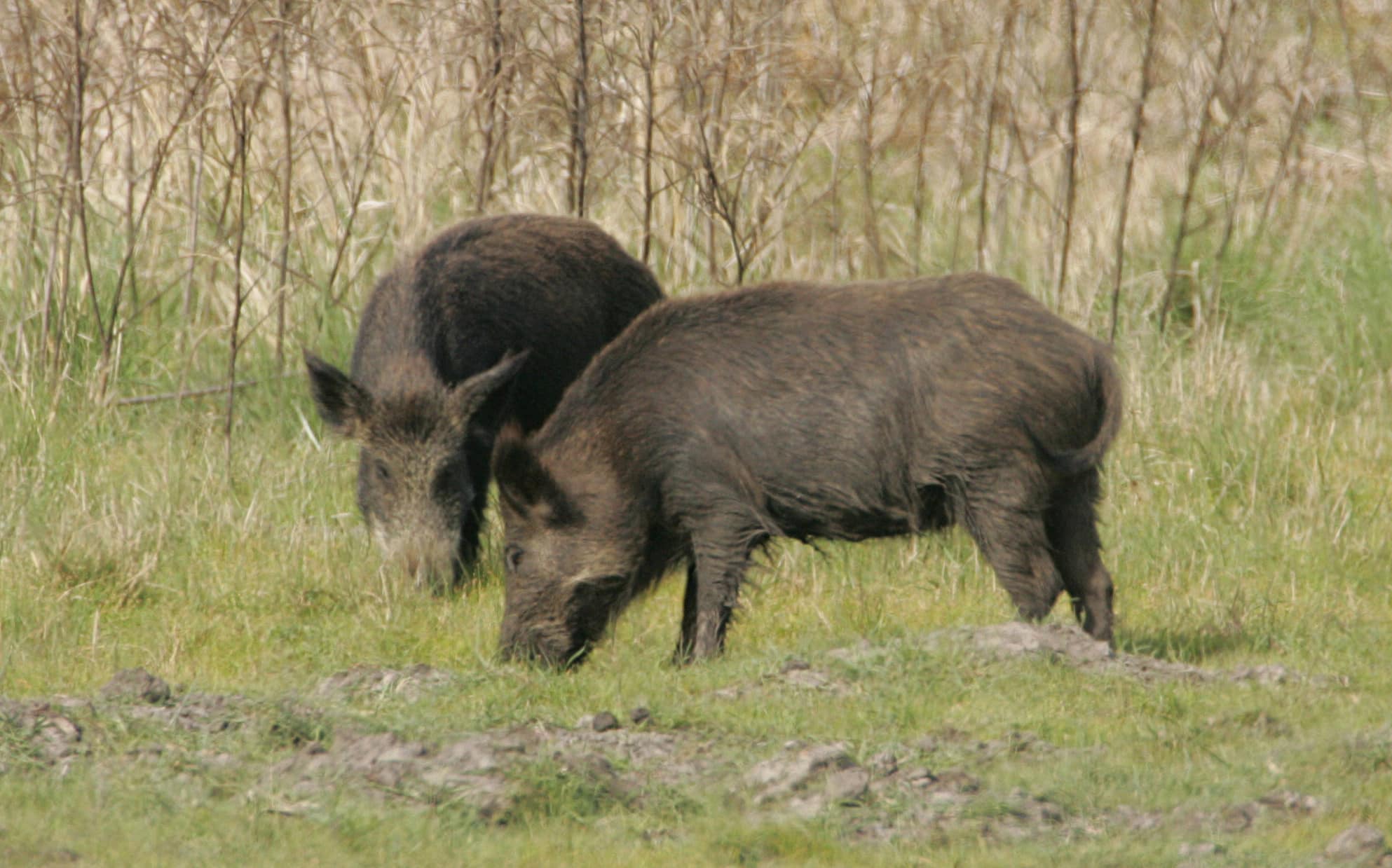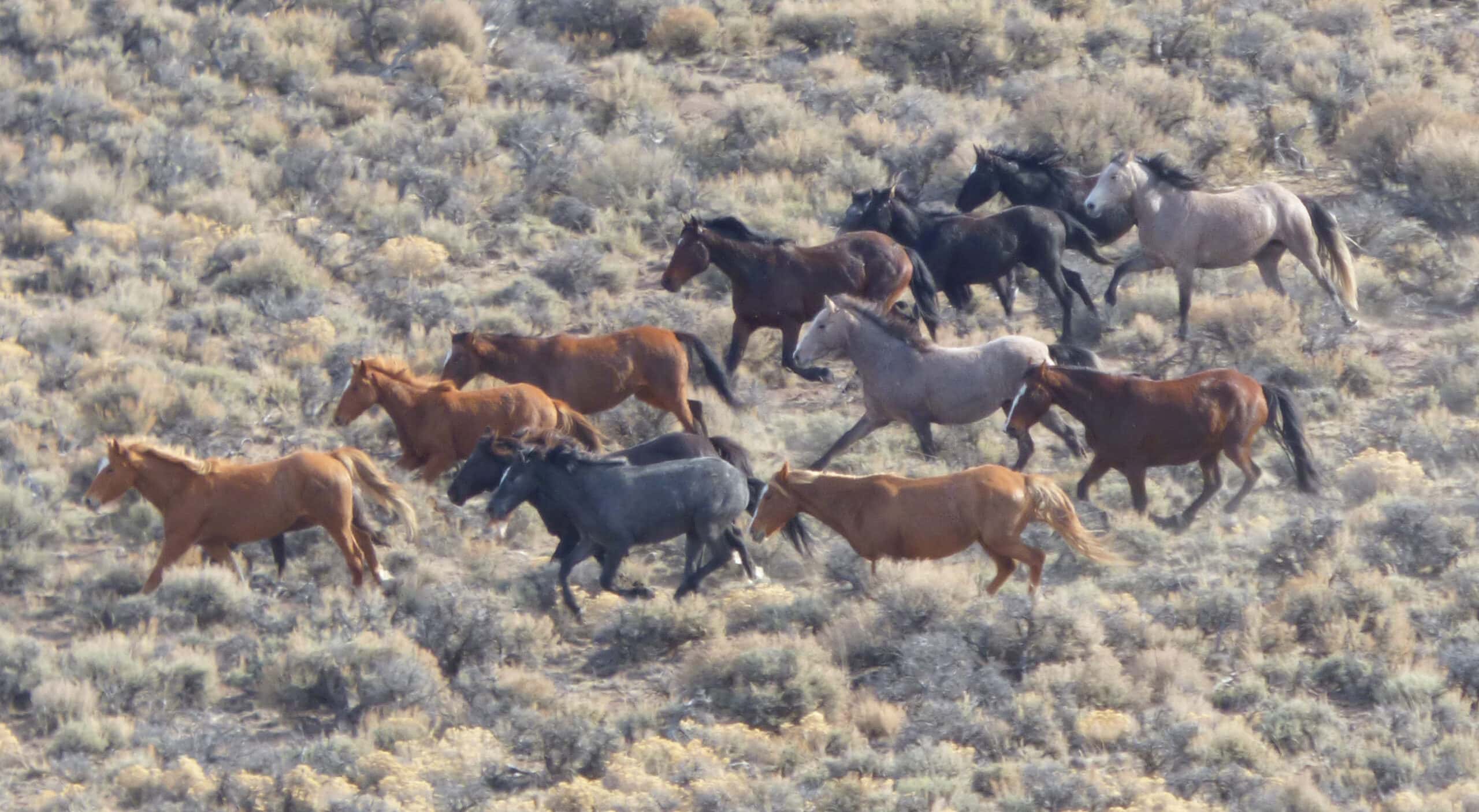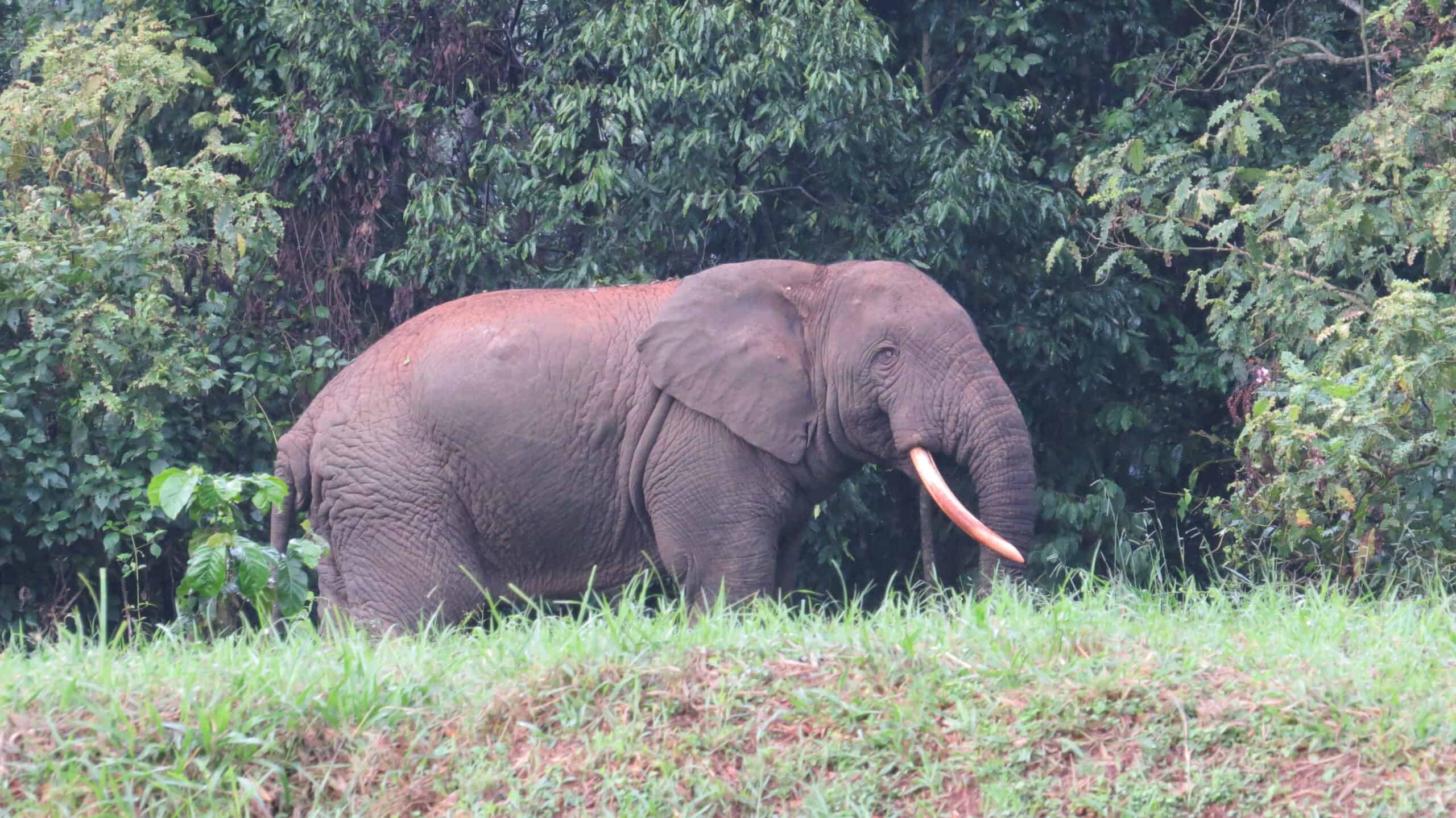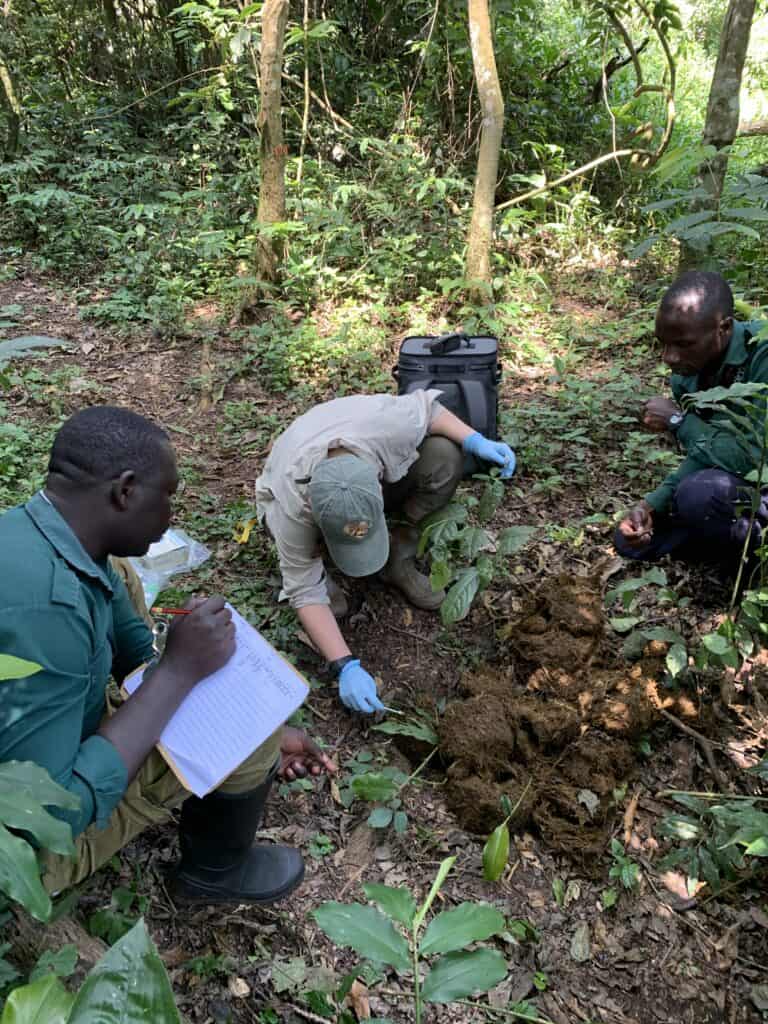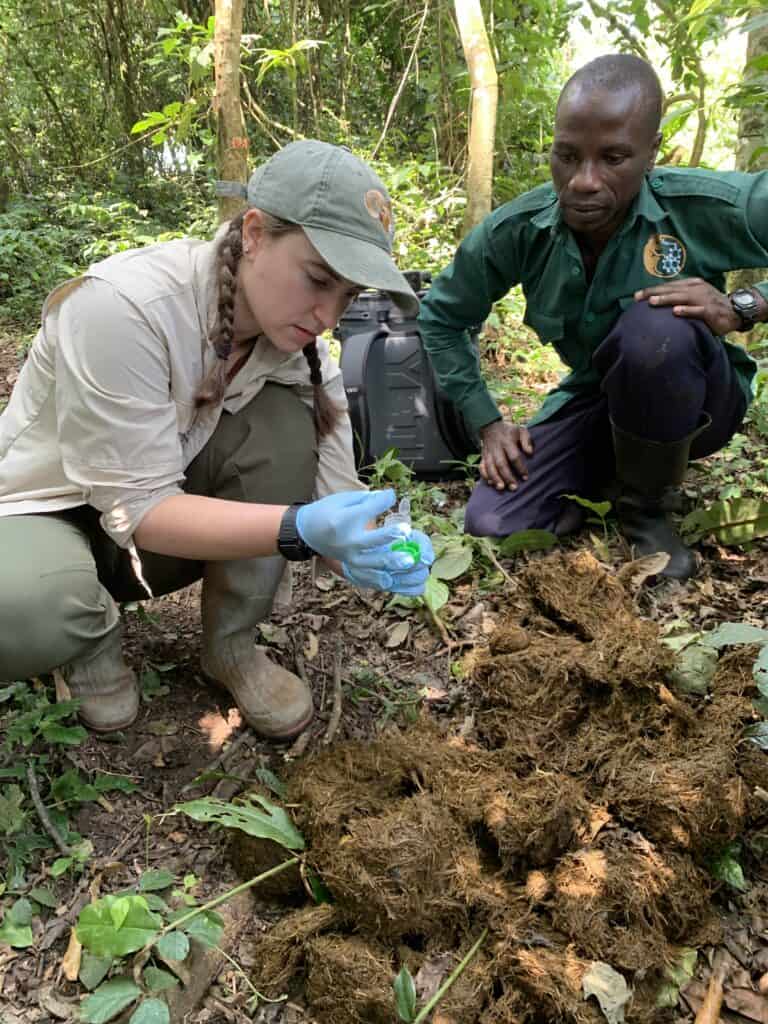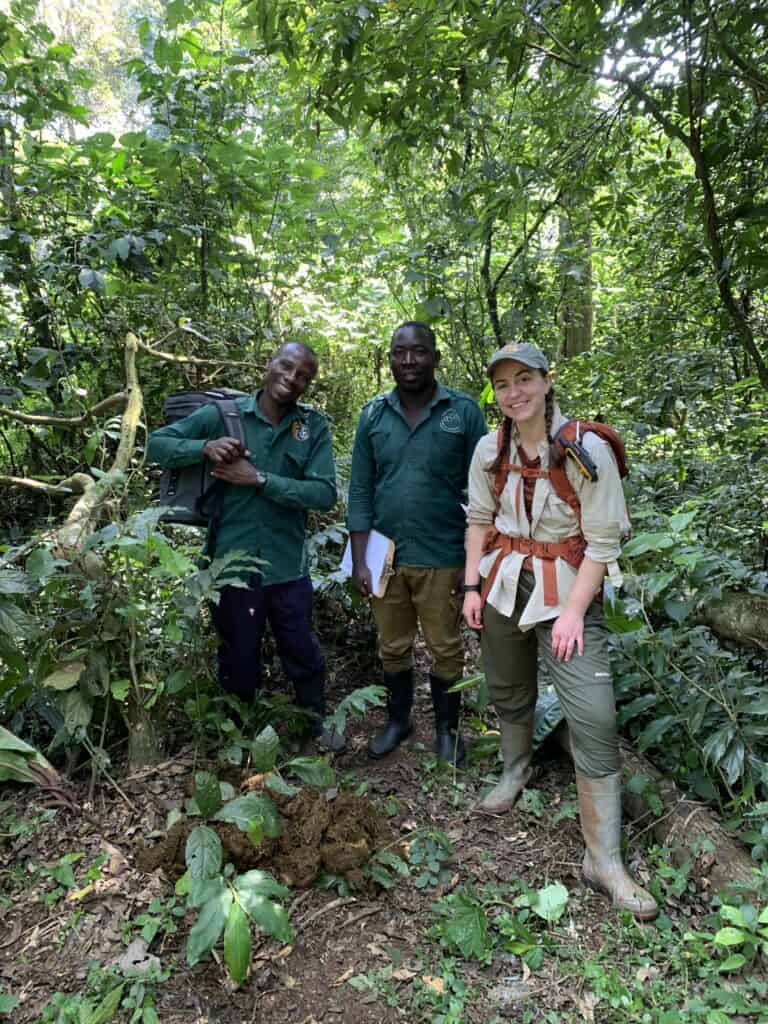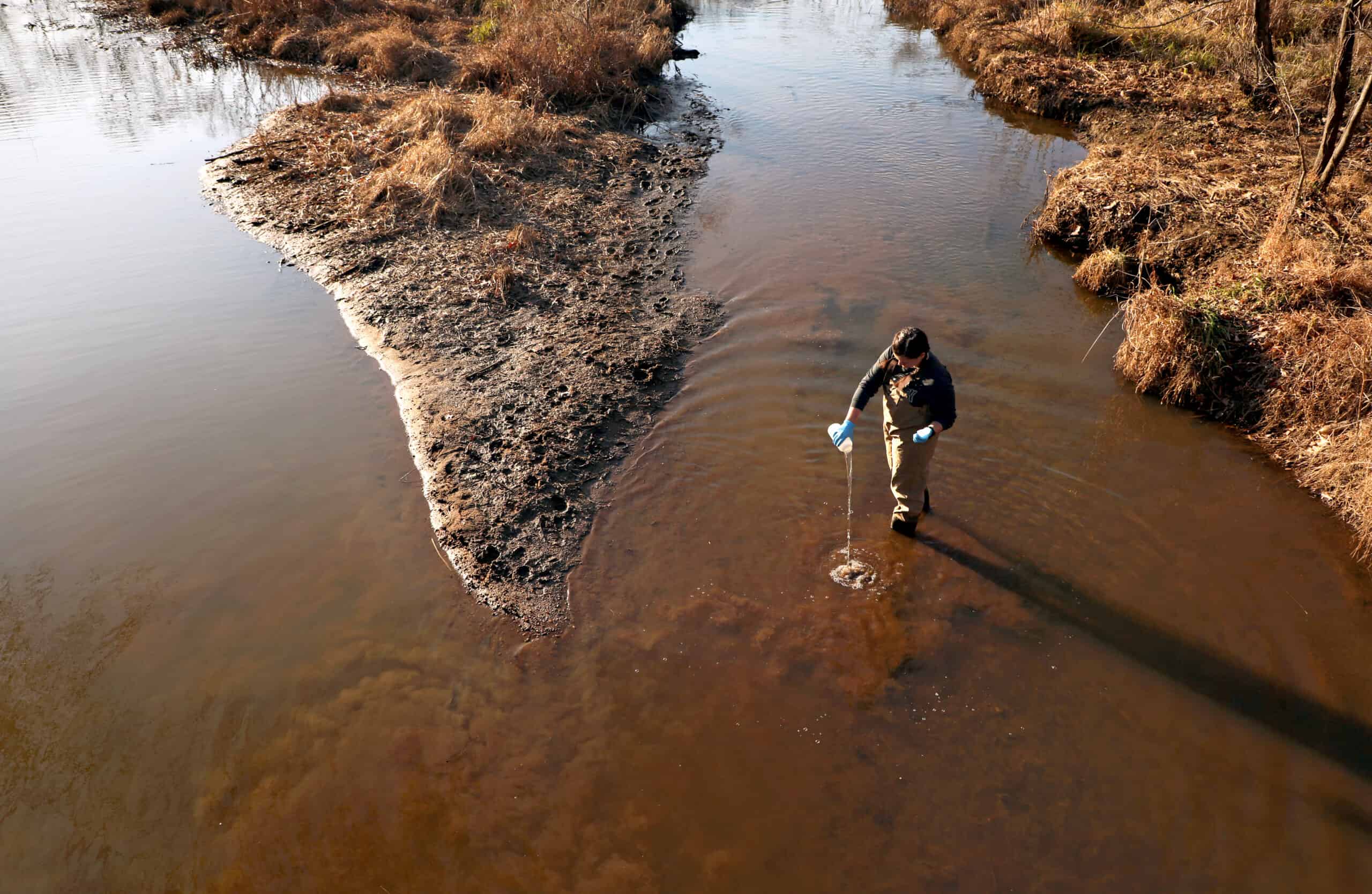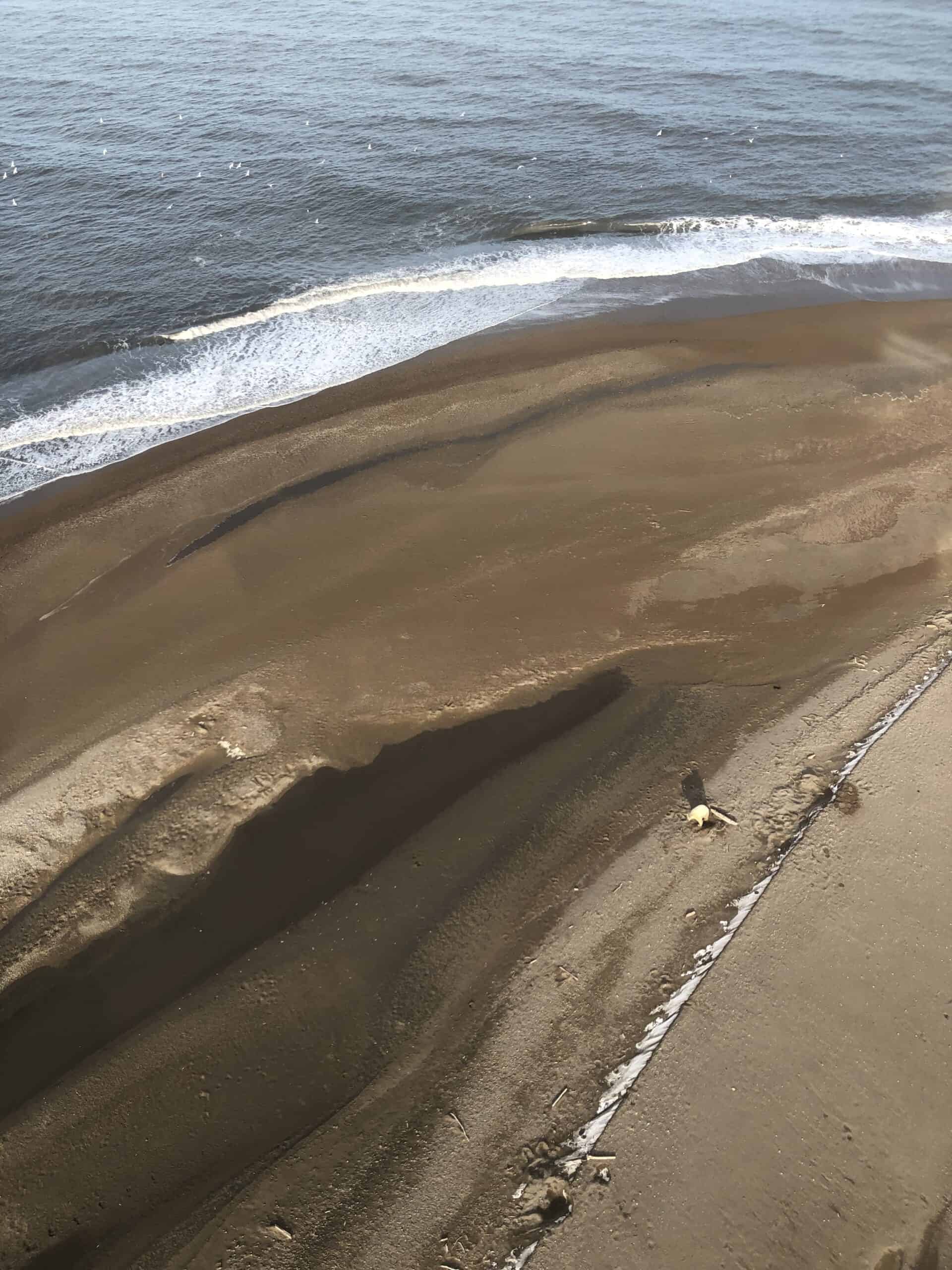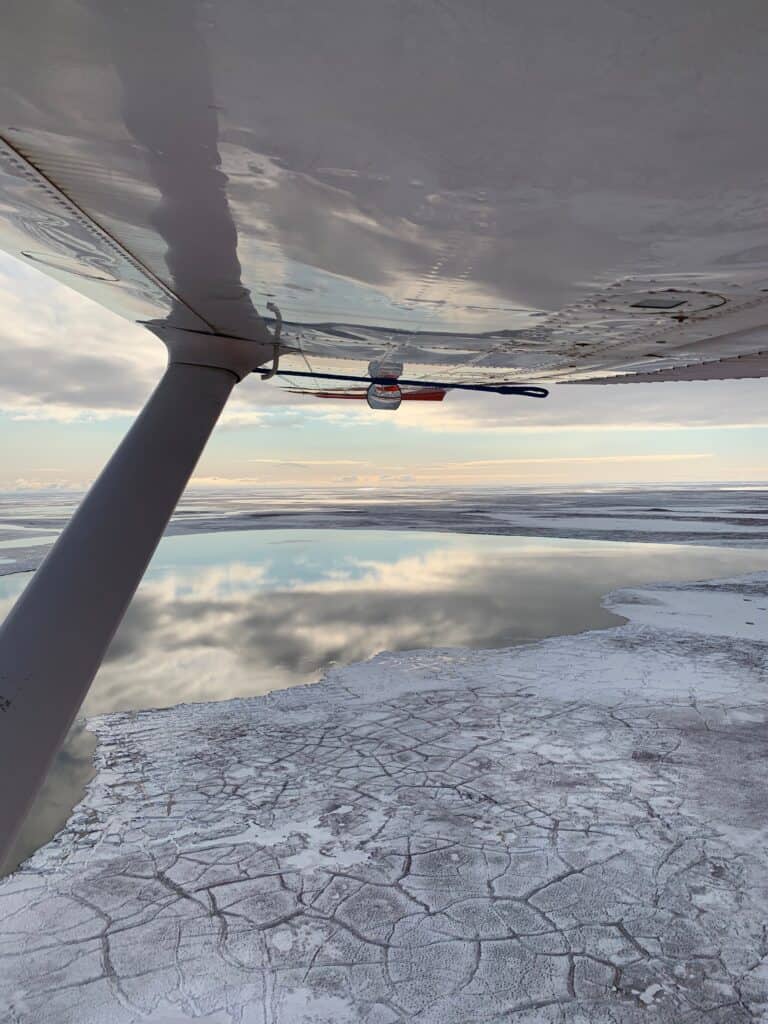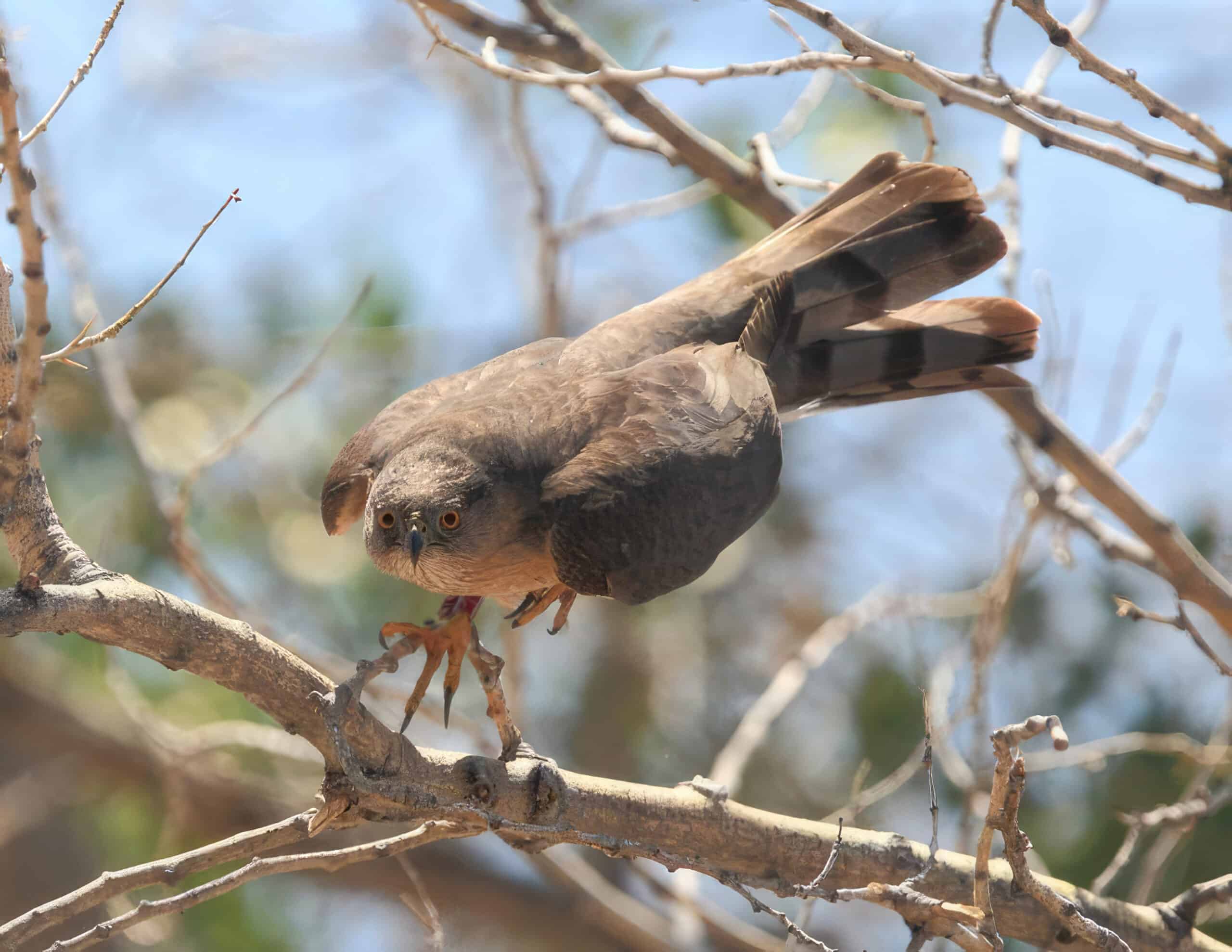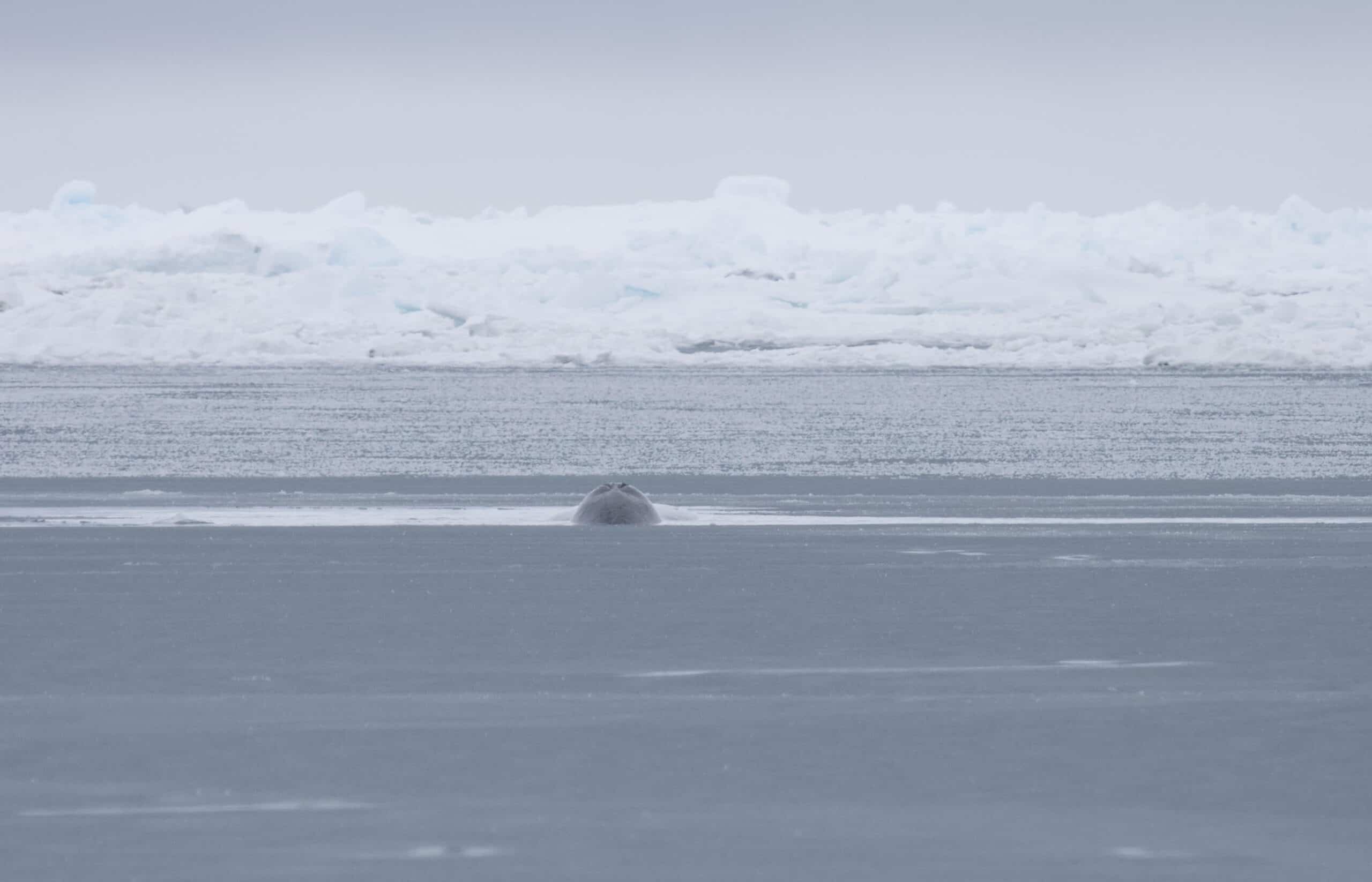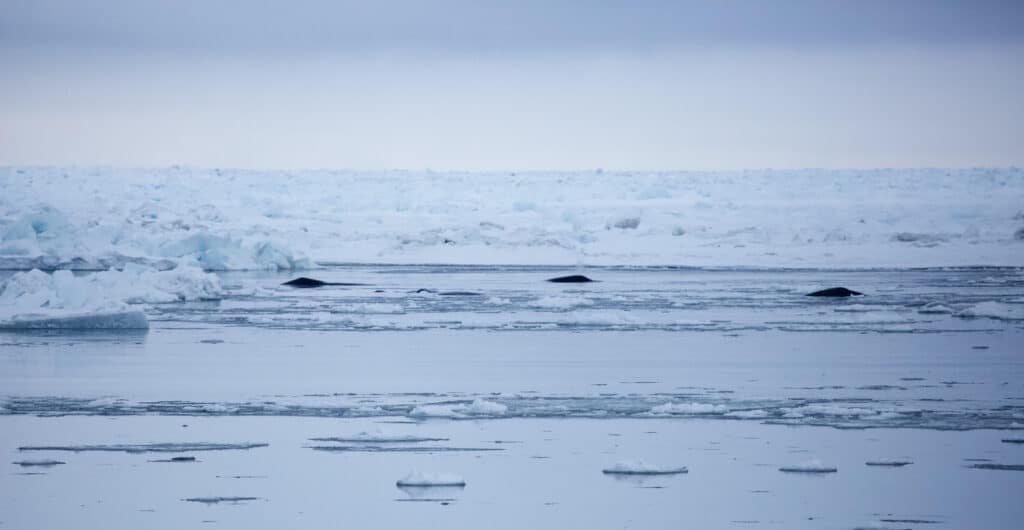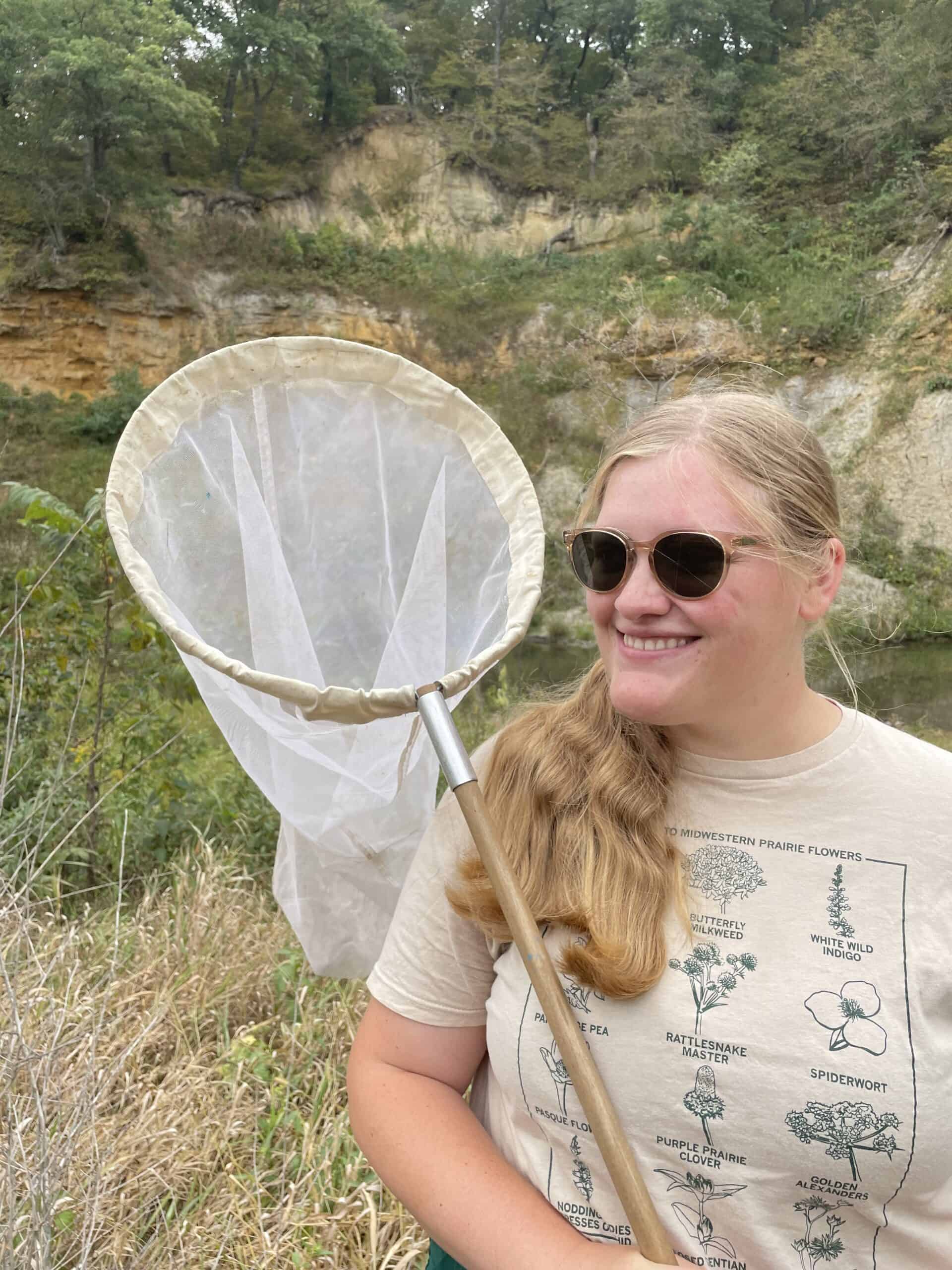
When Edwin Jacobo was studying migratory birds for his graduate project in Southern California riparian forests, he spent most of his time trudging through cold water in the mountains. In April and March, he would pull on his old waders and set out at 5:30 in the morning to conduct point counts and mist netting for species like western tanagers (Piranga ludoviciana).
The waders were so old, they ended up with holes that patches couldn’t cover up. “I tried to fix them, but it just didn’t work,” said Jacobo, a PhD candidate at Washington State University who had just immigrated to the U.S. from Mexico at the time. Money was tight, and equipment was too expensive. “So I just decided to not use waders at all,” he said.
But the cold interfered with Jacobo’s ability to focus and conduct his research. “It was pretty miserable, to be honest,” he said. “I was shivering all the time.”
Just when things were getting unbearable, Jacobo’s advisor told him about the Trail Blazer Grant, a TWS program to help students and early-career professionals purchase professional gear to conduct fieldwork. He secured the funds and was able to purchase brand new waders.
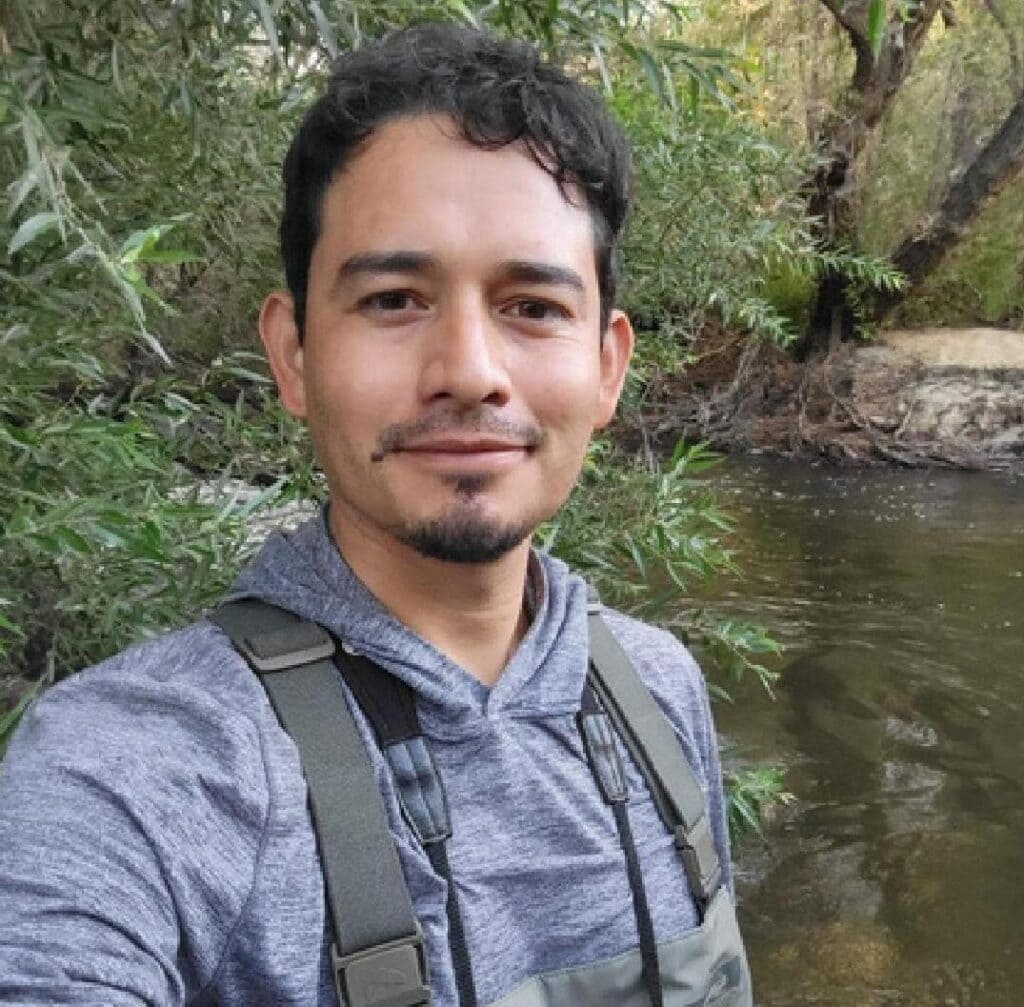
“There’s a big monetary barrier to becoming an established professional in this field, simply because you need gear to do specific training, and if you don’t get that training, then you aren’t qualified for a position,” said Amanda Veals Dutt.
The chair of The Wildlife Society’s Early Career Professionals Working Group, Veals Dutt helped develop the grant with the Student Development Working Group. “This is an easy way for our working groups and TWS as a whole to really help start to break down some of those barriers,” she said.
A personal endeavor
The idea and framework for the Trail Blazer Grant was conceived through the combined efforts of past Student Development Working Group officers but was finally brought online in 2023 by then past chair Darwin Mayhew. Although the pandemic’s impact on the working group prevented Mayhew from being able to do as much as he wanted with the working group when he took over as chair in 2022, the framework of the Trail Blazer grant that had been handed down to him reminded him of his own challenges.
Starting a career in wildlife biology, Mayhew faced learning differences, but soon discovered that growing up “without much money” created a new set of obstacle for getting into the wildlife field.
“I grew up, myself, without having very much money and I didn’t want people prevented from fieldwork because of any limitation, visible or inviable,” he said.
Typically, students and early-career professionals get the research tools they need from their lab or employer, like camera traps or radio collars. But what about the basics, like boots, binoculars and backpacks? For biologists just starting out, basic gear can be out of their price range.
“Early-career professionals represent about a third of The Wildlife Society’s members, but I think we’re actually probably one of the most underserved groups, simply because we kind of get forgotten since we’re no longer students,” Veals Dutt said. “We no longer have a lot of student-specific travel grants or scholarships. And we are not established professionals. We don’t necessarily have multiple years in a position and solid financial status built up.”
Since it went live in 2023, the Early Career Professionals Working Group has supplied $500 for two $250 grants for early career professionals and students. The Student Development Working Group contributes $1,000 for two $250 grants for students and five $100 grants also for students. The outdoor company Vortex also donated five binoculars for the first year of the grant.
Interested in becoming a sponsor? TWS is seeking tax-deductible monetary and in-kind donations of gear. You may email TWS’ development manager Lauren Ruotolo at LRuotolo@wildlife.org for more info.
How to choose
While the idea was solid, the working groups had to think about who qualified for the grant and how to choose recipients. They wanted everyone who was underrepresented to have access, but that proved challenging. The first year, the grant ended up being open only to TWS members who were part of either the SDWG or ECPWG, but this left some members—like those on six-month trial memberships, which are often utilized by the neediest students and early career professionals—falling through the cracks. As the grant evolved, it became available to all members, with priority given to those we are also members of one of the working groups.
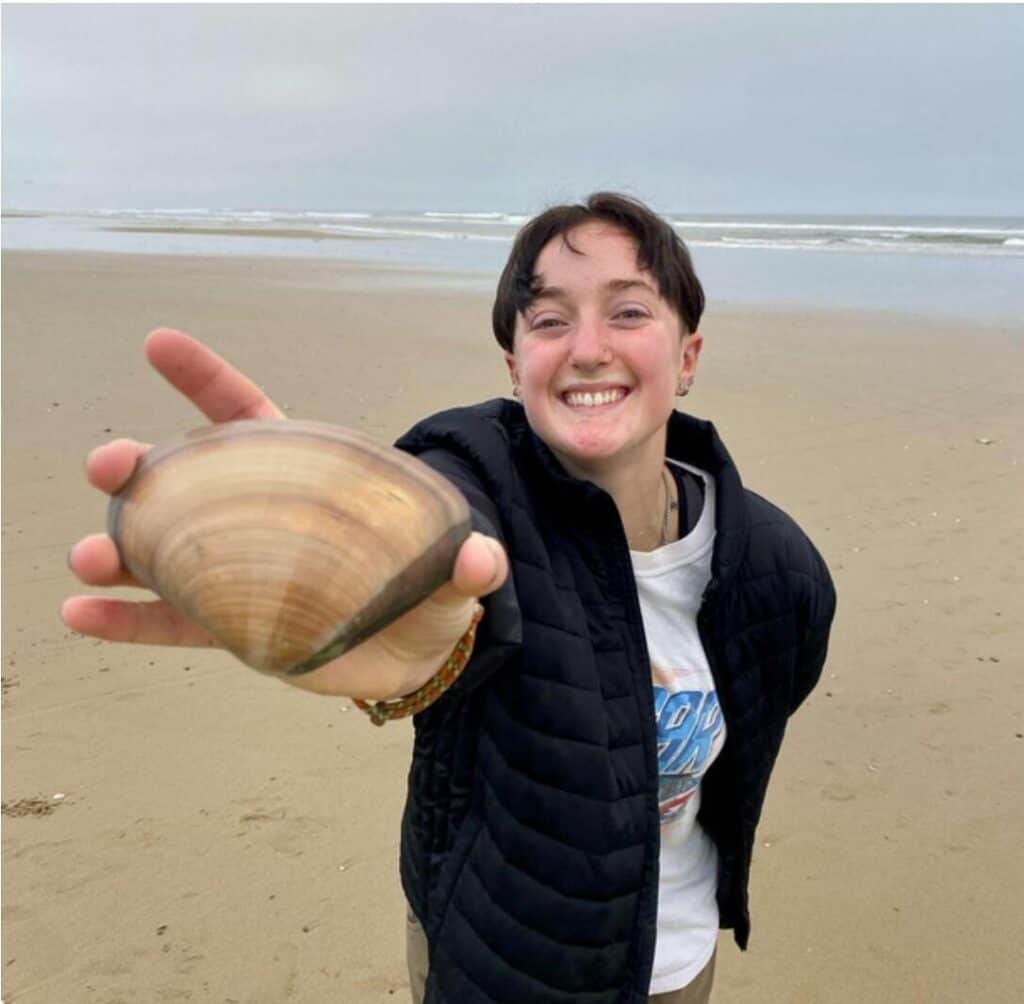
Choosing who received the funds was another challenge. How do you compare one person’s hardship to another’s? As a result, they decided to make it a lottery system. If recipients had some level of need, they all had the same chance of getting the funds, although they set aside specific slots to go to early career professionals, who have had less than 36 consecutive months of full-time, non-entry level employment.
The Wildlife Society and others have shared information about applying to the grant on social media to make people aware.
The ease of application helps, some recipients said. “I think that one of my motivating factors in applying was I looked at the page and was like, ‘oh, I could literally do this right now,’” said TWS member Isa Mattioli, an undergraduate student at Cal Poly, San Luis Obispo, who received the grant. “The reimbursement process was really easy. It really helped me buy field gear that was really important to starting my senior research project.”
Funding the future
Mattioli, who uses they/them pronouns, used the funds to purchase spotting scopes, a field bag and a headlamp to help complete their surveys for Pismo clams (Tivela stultorum) on California’s Central Coast, where sea otters (Enhydra lutris) prey on the clams. “I think that this grant really helps to attempt to level the playing field and gives people in underrepresented groups less of a worry about finances,” they said.
Kelsey Shepherd, a graduate research assistant at Iowa State University, also benefited from the grant. Not only did the grant help her purchase waterproof boots to help her get through rugged terrain in tallgrass prairie to study the federally endangered rusty patched bumblebee (Bombus affinis). She was also able to buy special sunglasses that she needs. “I have a genetic condition, and I’m blind in one eye,” she said. “I was able to protect my eyes from the sun.”
The chair-elect of the Student Development Working Group, Laura Young, has now taken on keeping the grant going. She hopes to improve the grant so that more people can take advantage of it at the right time during field season. “We are looking at potentially doing multiple deadline rounds because of different field seasons,” she said. “Some people don’t necessarily know what field gear they need until they’re hired for something. The deadline selection process may have already passed before they get hired.”
The working groups also hope to get even more applicants. “We had a pool of 77 applicants across our two working groups for the 2023 grant,” Veals Dutt said. “My hope is that we can get more folks to apply and just have this be a really solid continuing grant that we can offer.”
Is affording the right field gear a struggle? You may qualify for the Trail Blazer Grant provided by the Student Development and Early Career Professional working groups! Applications are open now through April 30.



